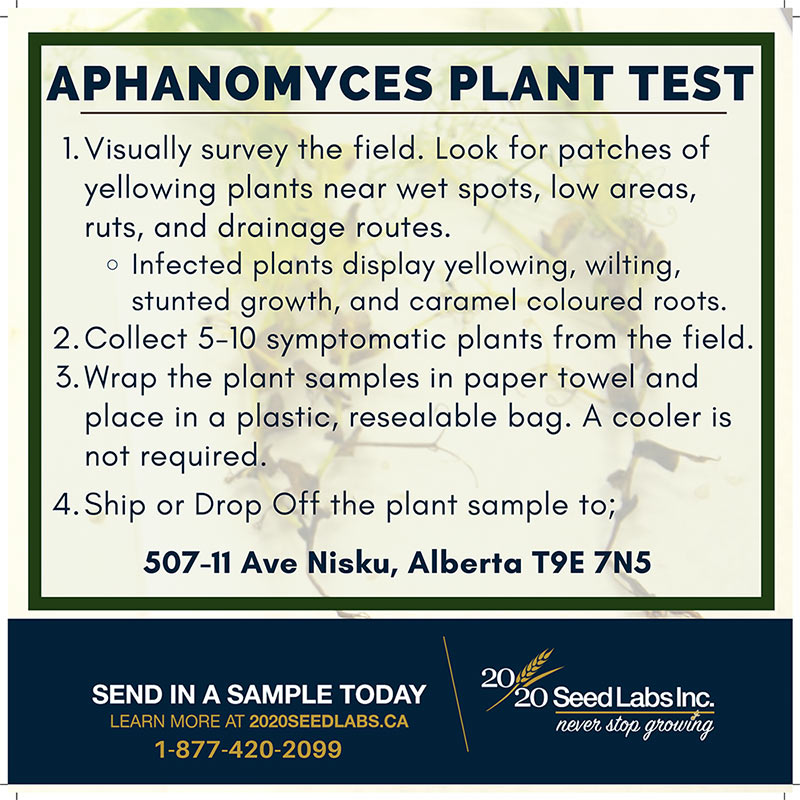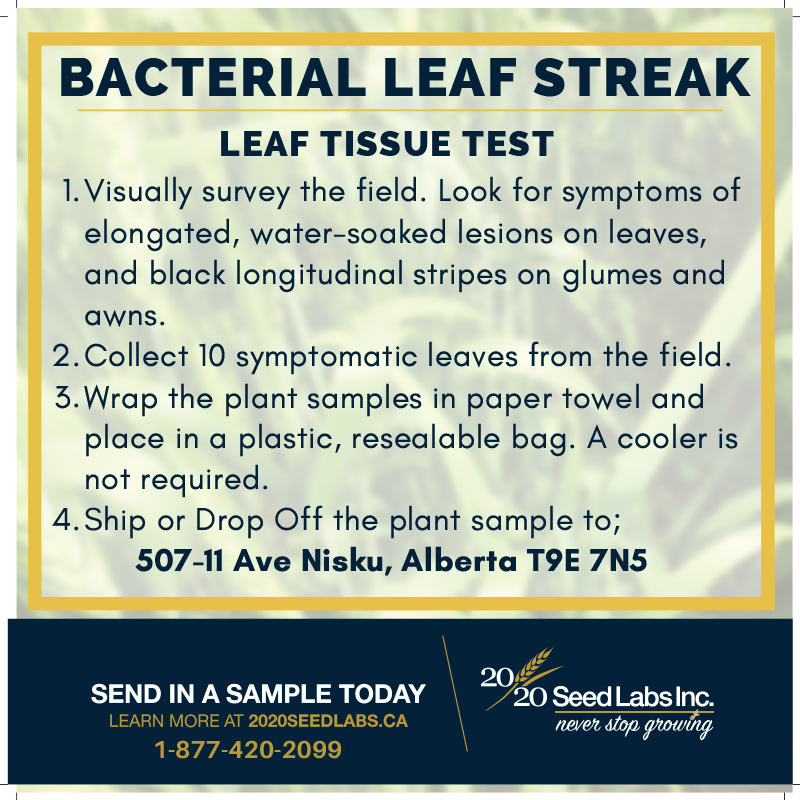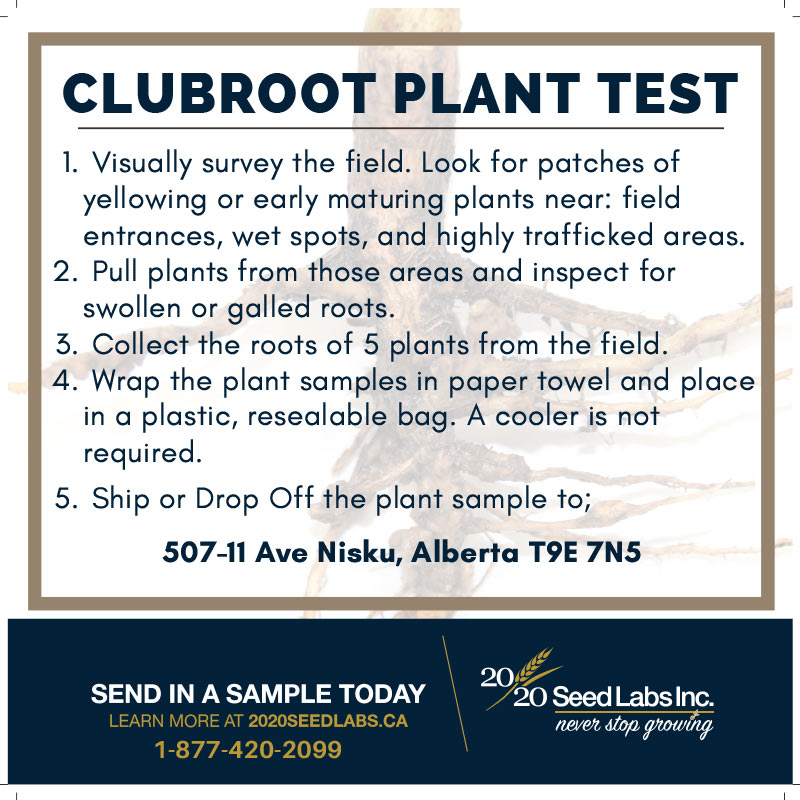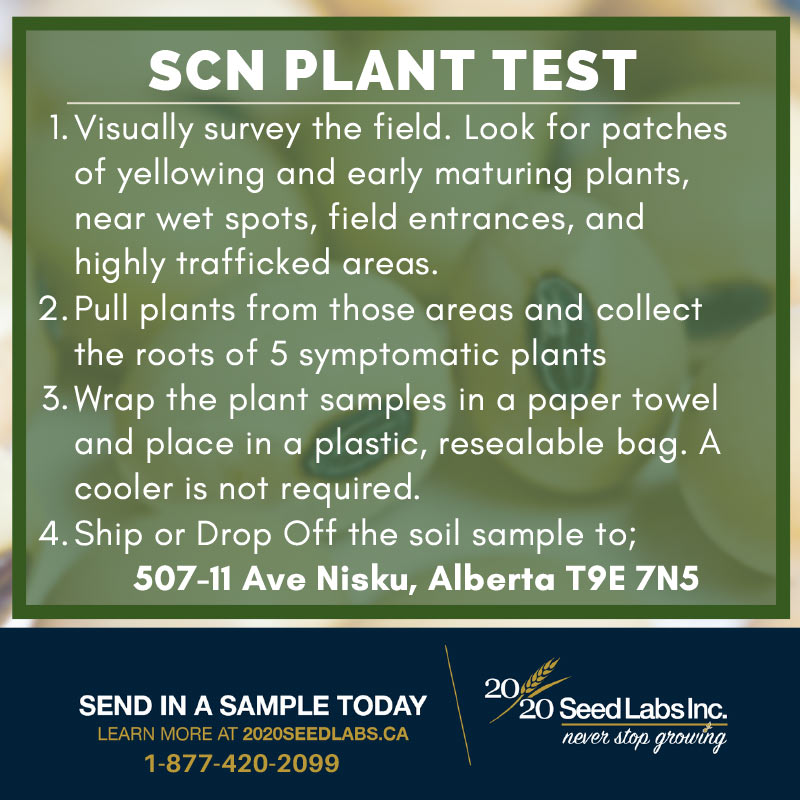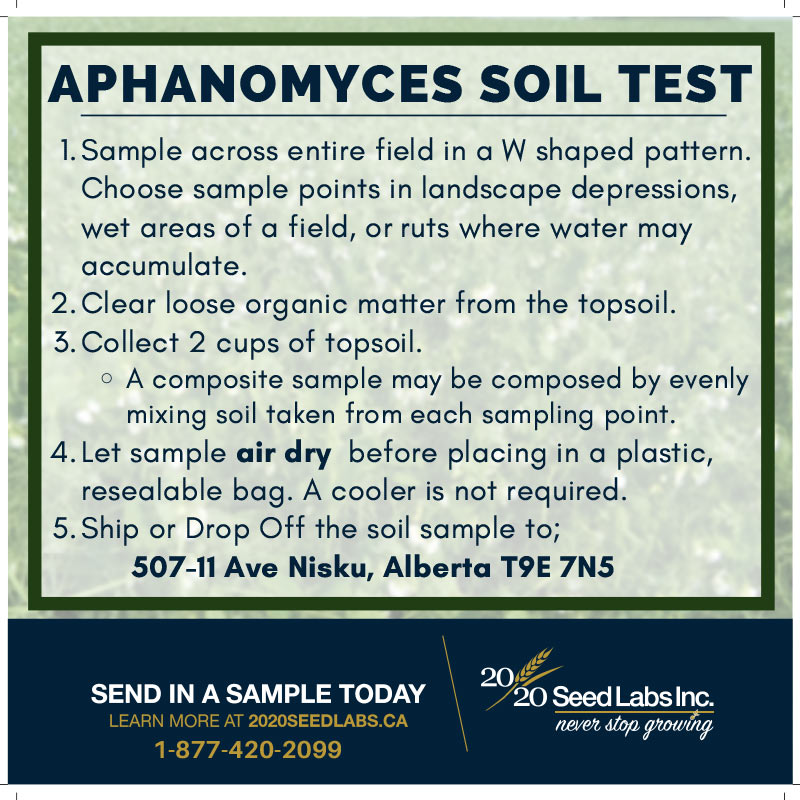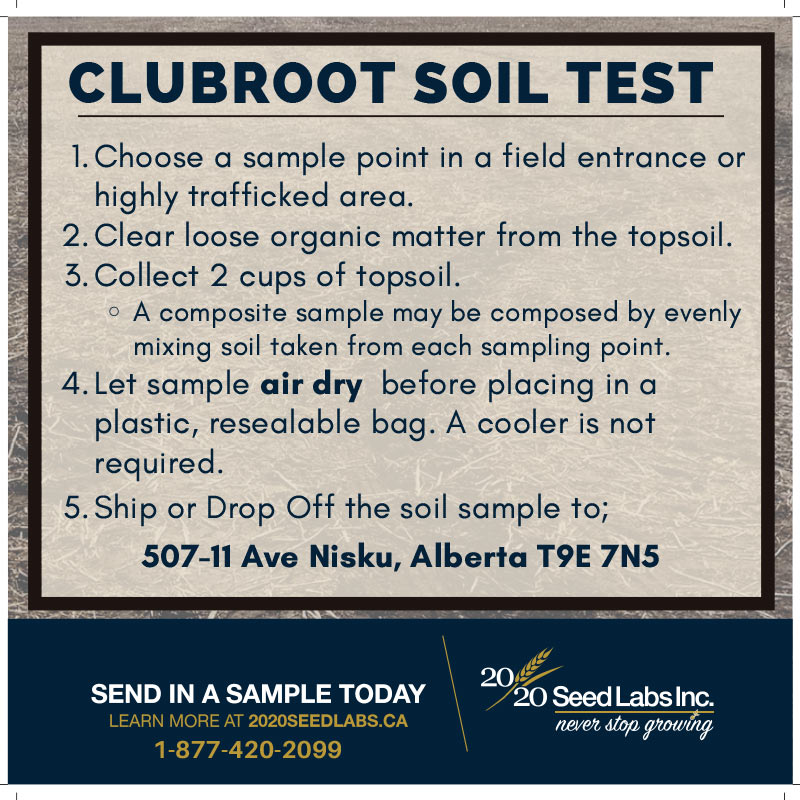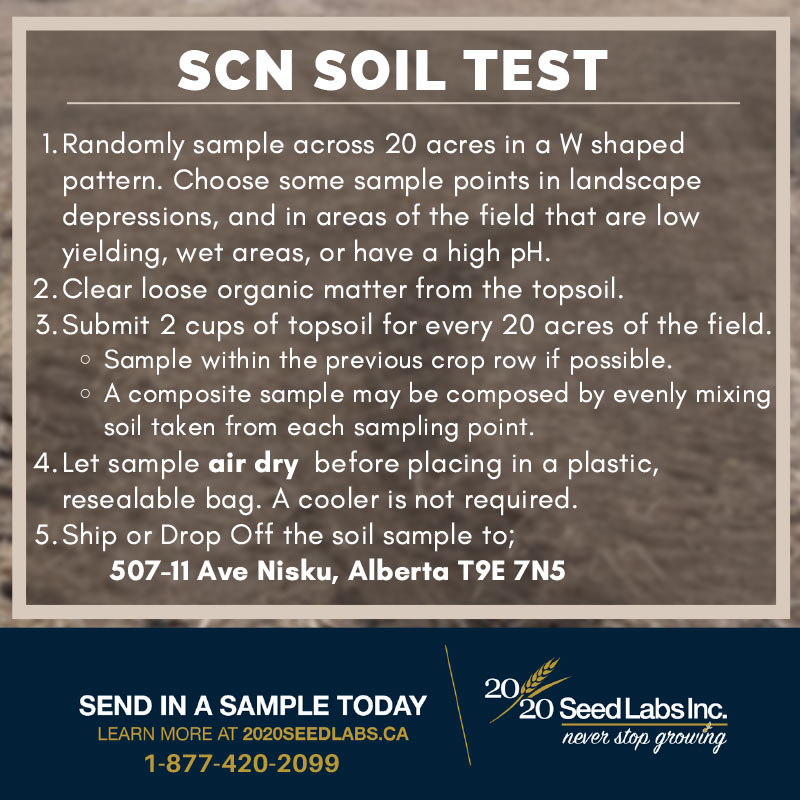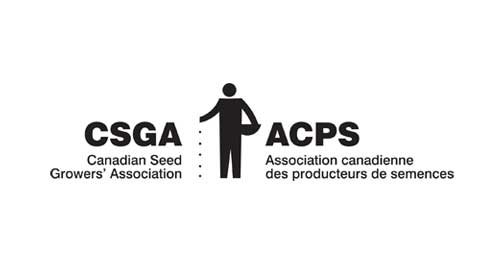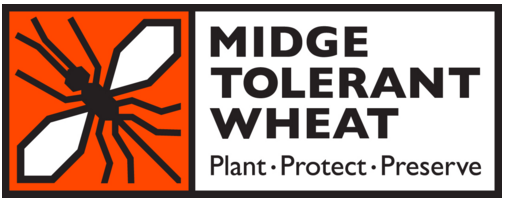Herbicide Resistance Testing
Herbicide resistance is one of the most significant agronomic challenges facing modern crop production.
At 20/20 Seed Labs Inc., herbicide resistance testing services help growers, agronomists and seed companies identify resistance early before it impacts yield potential. Through precise whole plant bioassay and molecular testing, we provide the data you need to make informed decisions.
Testing Wild Oat, Kochia, Palmer Amaranth, Foxtail Barley and more!
Through our greenhouse bioassays we are able to screen common weeds and weed plant tissue with resistance to herbicides including wild oat, kochia and water hemp as well as amaranth (pigweed) and foxtail barley.
Did You Know?
In Western Canada, wild oat resistance has been linked to annual yield losses of over $500 million, especially in cereal crops like wheat and barley.
Resistant weeds are spreading faster than new herbicides can be created. That’s why proactive weed and seed tissue testing are key parts of smart, integrated weed management.
Increasingly weeds are showing multiple resistance to two or more herbicide groups, making them harder and costlier to control leading to greater yield risk.
Submitting Samples To The Lab
- Print the Herbicide Resistance Seed Sample Submission Form.
- Please collect up to 2000 mature seeds only as immature seeds are difficult to germinate.
- Air dry seeds at room temperature for a day or two before shipping.
- Ship only dry seeds packaged in a paper envelope (do not ship seeds in Ziplock bags as seeds may become moldy if not fully dry).
- Send only pure seed (no chaff). Samples that are submitted with chaff that require cleaning will attract an additional rough charge.
- Indicate the herbicide (s) you want the sample to be tested against on your sample submission form.


Applying herbicides to plants with the right staging is an effective way of managing resistance.
- Farmers need to actively scout their fields to determine the best stage to spray as herbicides are more effective on small weeds.
- Rotate herbicide groups. Constantly exposing weeds on your farm to one herbicide group or mode of action (MOA) increases the risk of developing resistance.
- Use the right herbicide at the recommended rate.
- Cutting the rates reduces the efficacy of the herbicides and increases the weed seed return to the soil seed bank. The effect of this will be noticed in subsequent seasons as the seeds int e soil begin to emerge.
- Test weeds in your field at the end of the season to determine which herbicide groups will be effective in controlling the weeds the next season.
For questions, contact support@2020seedlabs.ca and put Herbicide Resistance Testing in your subject line to be connected with an expert.















